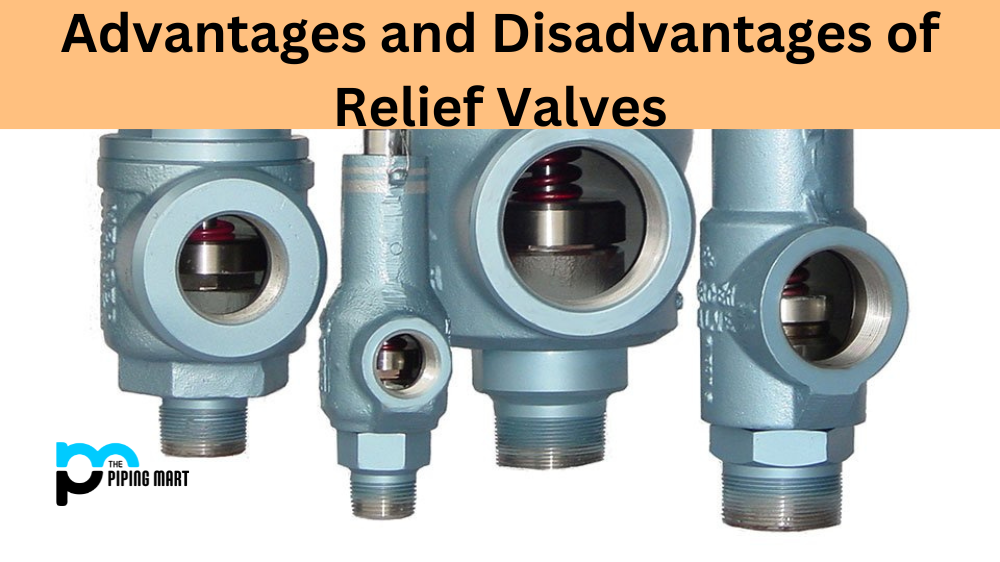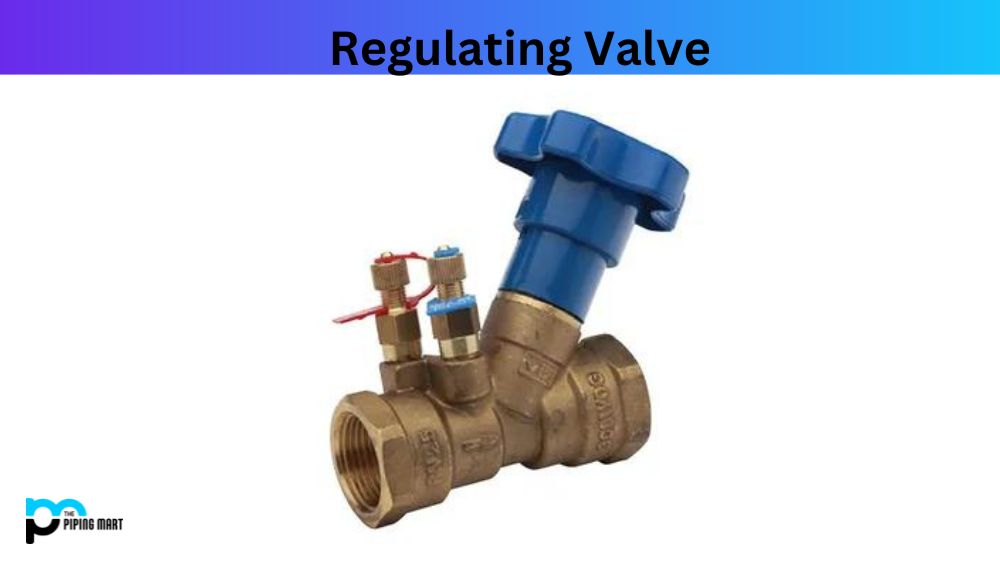Relief valves are a type of safety device used to protect systems from overpressure or excessive temperatures. They are commonly used in steam, air, gas, and liquid systems. Before you install a relief valve, it’s important to understand the advantages and disadvantages they offer so that you can make an informed decision. Let’s take a look at both sides of the equation.
Advantages of Relief Valve
The primary advantage of using a relief valve is that it helps protect your system from overpressure. If too much pressure builds up within the system, the relief valve will open and vent off any excess pressure before it causes any damage to your equipment or pipes. In addition to this, relief valves are also relatively easy to maintain since they usually only require regular cleaning and occasional calibration checks. This makes them an economical option for those who don’t want to invest in more complex safety devices.
- A relief valve is a safety device that is used to prevent overpressurization in a system.
- Relief valves are used in a variety of applications, including boiler systems, pressure vessels, and piping systems.
- Relief valves are designed to open at a predetermined pressure in order to release excess pressure from the system.
- Relief valves can be either manually operated or automatically operated.
- Relief valves are an important safety feature in many industrial and commercial applications.
Disadvantages of Relief Valve
The downside of using relief valves is that they can be unreliable when it comes to controlling overpressure or temperature spikes in your system. This is because these spikes generally occur very quickly, and the relief valve may not be able to open fast enough before serious damage occurs. In addition, if the relief valve is not properly calibrated, it may not open at all during an emergency situation and could lead to even more serious damage or injury. Finally, relief valves can also be prone to wear and tear due to their frequent use and need regular maintenance in order to ensure they are working properly at all times.
Can Cause Process Upsets
One of the primary disadvantages of relief valves is that they can cause process upsets. When a relief valve opens, it can result in a sudden change in pressure or temperature, which can disrupt the operation of the process. Additionally, when a relief valve is opened, it can release hazardous materials into the environment, which can pose a risk to human health and safety.
Can Cause Equipment Damage
Another disadvantage of relief valves is that they can cause damage to equipment. When a relief valve opens, the sudden change in pressure can cause stress on pipes and other process equipment, which can lead to leaks or ruptures. Additionally, the release of hazardous materials into the environment can also damage equipment if not properly controlled.
Can Be Difficult to Control
Relief valves can also be difficult to control. Once a relief valve is opened, it can be difficult to close it again, which can result in the release of large amounts of material or energy. Additionally, if a relief valve is not sized properly, it can open too frequently, which can lead to process upsets and equipment damage.
Requires Regular Maintenance
Another disadvantage of relief valves is that they require regular maintenance in order to function properly. Relief valves must be regularly inspected and tested to ensure that they are operating correctly. Additionally, relief valves must be cleaned and repaired on a regular basis to prevent them from becoming damaged or malfunctioning.
Can Be Expensive
Finally, relief valves can be expensive to purchase and install. Relief valves are typically made from high-quality materials such as stainless steel or Hastelloy, which can add to their cost. Additionally, relief valves must be installed by qualified personnel, which can also add to their cost.
Conclusion:
Overall, while there are some potential drawbacks associated with using a relief valve as part of your safety system, they still offer many advantages over other types of safety devices, such as being easy to maintain and relatively inexpensive compared with more complex systems. As long as you keep them well-maintained and regularly inspect them for any issues, you should have no problem relying on them for protection against overpressure or temperature spikes in your system. When considering which type of safety device is right for your application, take into account both the advantages and disadvantages that each one offers so that you can make an informed decision about which one will best meet your needs.

A passionate metal industry expert and blogger. With over 5 years of experience in the field, Palak brings a wealth of knowledge and insight to her writing. Whether discussing the latest trends in the metal industry or sharing tips, she is dedicated to helping others succeed in the metal industry.




